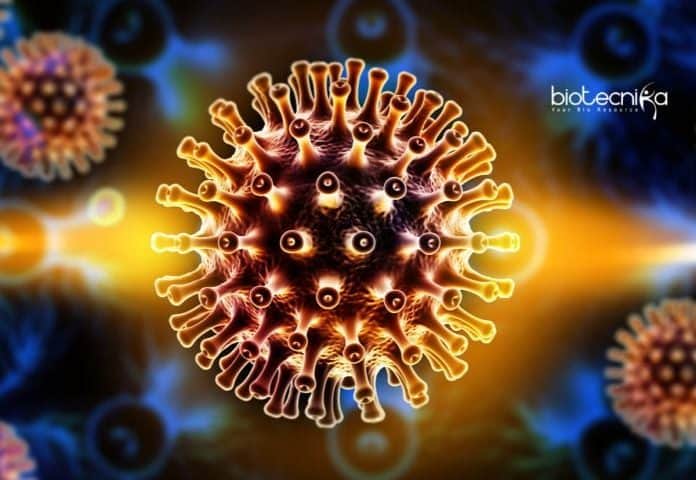The second HIV infected person cured
An HIV infected person from London has been the second individual in the world to be cured of HIV infection, doctors claim. Adam Castillejo is free of HIV infection even after stopping the anti-retroviral therapy for 30 months. He was not cured using the HIV drugs, however, by a stem-cell therapy, he obtained for cancer he additionally had, the Lancet HIV journal reports.
The donors of those stem cells have an uncommon gene, and now Mr. Castillejo also has that gene, that gives them protection against HIV.
Timothy Brown, the “Berlin Patient” was the first person who was reported to be cured of HIV infection in 2011, after having three and half years of similar treatment.
What is the treatment?
Stem-cell transplants appear to replace the patient’s own immune cells with donor ones that resist HIV infection, which stops the virus from being able to replicate inside the body.
The doctor said, “The 40-year-old London Patient, Adam Castillejo, has no detectable active HIV infection in his blood cells, sperm or tissues and has decided to go public with his identity.
It is now a year after they first revealed he was cured of HIV infection and now also he still remains free of HIV infection.
Prof Ravindra Kumar Gupta, Lead researcher, University of Cambridge, told BBC News: “This represents HIV treatment with almost certainty, its been now two and a half years with anti-retroviral-free remission. The findings reveal that the success of stem-cell transplantation as a cure for HIV can be replicated, which was first reported nine years ago in the Berlin Patient.” “But this will not be a treatment for the millions of HIV infected patients around the world. This therapy was initially used to treat the London patient’s cancers and not HIV. And now people with HIV virus are living healthy and lives using the current effective HIV drugs”.
“It is essential to note that this therapy is risky and also can only be used as a last option for people with HIV infection who additionally have serious hematological malignancies, and as a result, this is not a therapy that would be provided extensively to people with HIV infection who are on effective antiretroviral therapy, but this might bring the hope of finding a cure for HIV using gene therapy, in the future,” Prof Gupta claimed.
How do stem-cell transplants work?
The viral strain of HIV, HIV-1 that dominates around the globe most commonly uses the CCR5 receptors to enter the cells. But a very small group of people who are immune to HIV infection have 2 mutated copies of the CCR5 receptor. This suggests that the virus can not infect the cells in the body it typically infects. Scientists say that it might be possible to use gene therapy to target the CCR5 receptor in individuals with HIV infection. The CCR5 receptor is the same receptor that Chinese scientist He Jiankui worked on, who is currently imprisoned due to the world’s first gene-edited children.
Is this a permanent treatment for HIV?
The tests show that 99% of immune cells have been replaced by donor ones in the case of Mr. Adam Castillejo. But he still has residues of the virus in his body just like Mr. Brown. And it is difficult to claim that his HIV will never come back. Mr. Adam Castillejo told the New York Times, “Being the second HIV infected cured patient, is a unique and very humbling position to be in, and I want to be the ambassador of hope. “I don’t want people to think, ‘Oh, you’ve been chosen.’ “No, it just happened. “I was in the right place, probably at the right time, when it happened.”
“Given a large number of cells sampled here and the absence of any type of intact virus in Mr. Adam, is he truly cured? “The added information provided in this follow-up case report is absolutely motivating but regrettably, in the long run, only time will tell,” said Prof Sharon Lewin, from the University of Melbourne, Australia.

